This is the first of four laser guide star units on Unit Telescope 4 (UT4) of ESO’s Very Large Telescope at Paranal, by the 4 Laser Guide Star Facility (4LGSF) team.
All images credit: J. Girard/ESO, except the last one taken by D. Bonaccini Calia and the 4LGSF team/ESO
This is a key step on the way to creating the full Adaptive Optics Facility.
One of the first images of the 22-watt laser being launched, taken by the Laser Pointing Camera (LPC), shows the intense orange beam pointed at a globular cluster. Another LPC image shows the laser pointed close to the planet Saturn.
The Adaptive Optics Facility uses sensors to analyse the atmospheric turbulence and a deformable mirror integrated in the telescope to correct for the image distortions caused by the atmosphere. But several bright point-like stars needs to be at hand in order to correct for the effects of turbulence, and these need to be very close to the science target in the sky.
Finding multiple natural stars for this role is unlikely. So, to make correcting for the atmospheric turbulence possible everywhere in the sky, for all possible science targets, powerful laser beams are projected into the sky. When the beams interact with the sodium layer high in the atmosphere they create artificial stars. By measuring the atmospherically induced motions and distortions of these artificial stars, and making minute adjustments to the deformable secondary mirror, the telescope can produce images with much greater sharpness than is possible without adaptive optics.
Source ESO

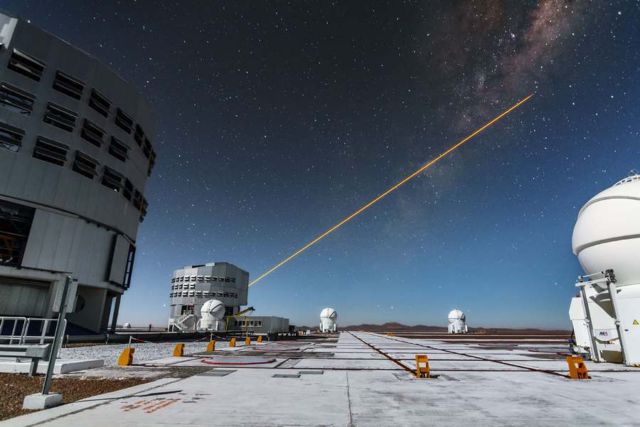
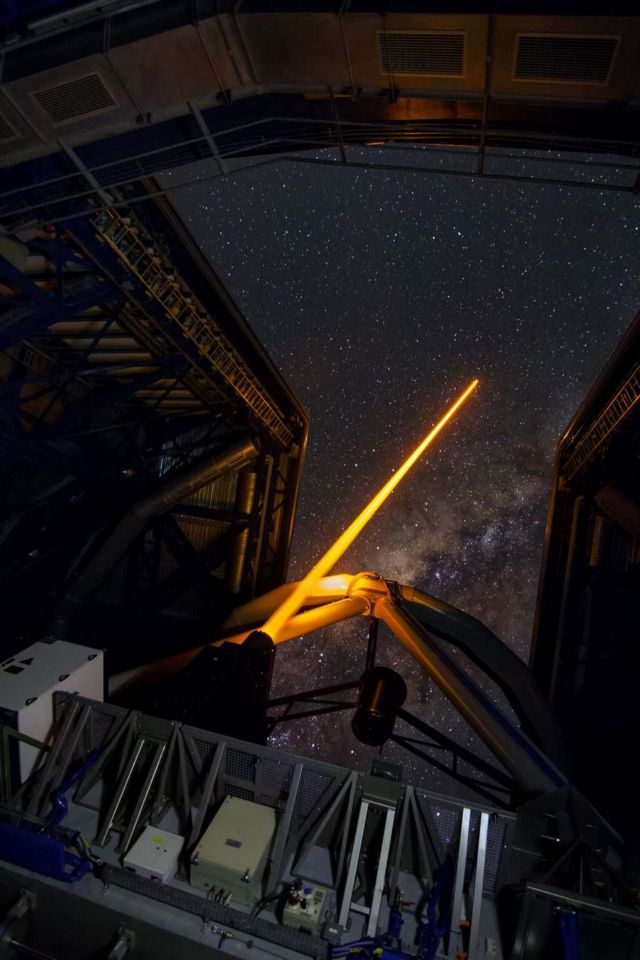
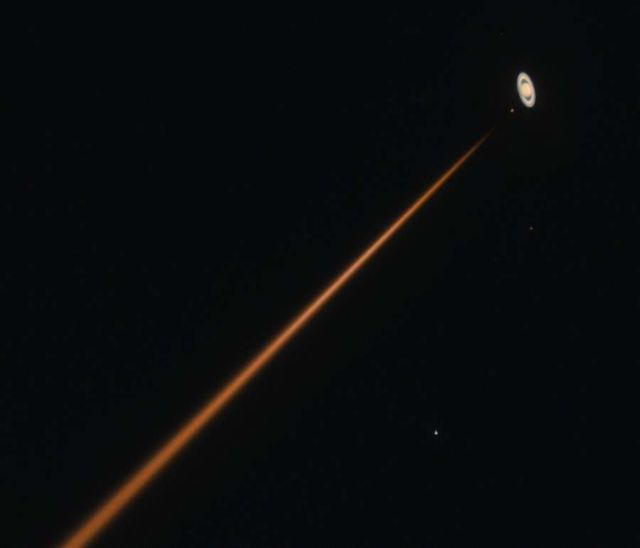
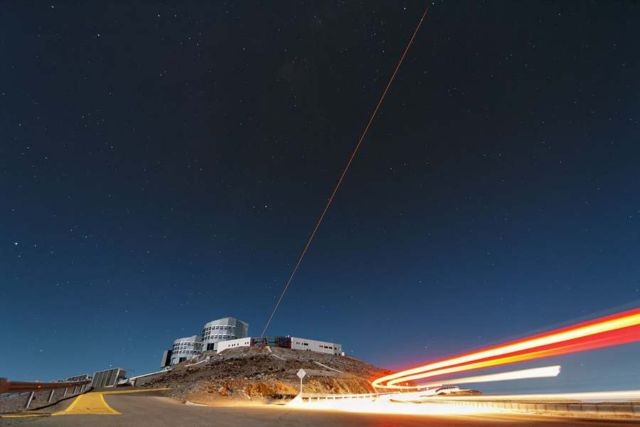
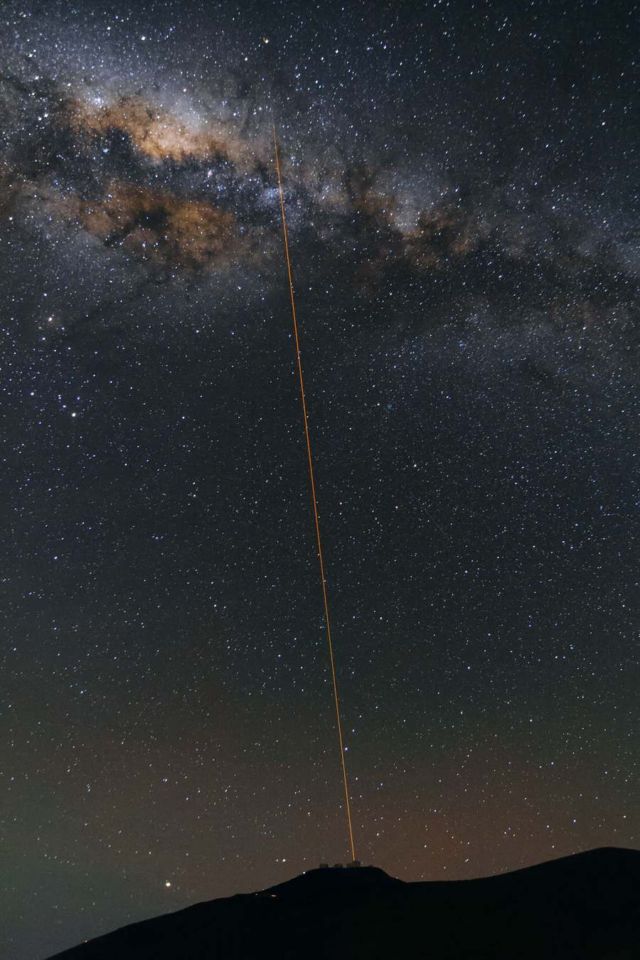

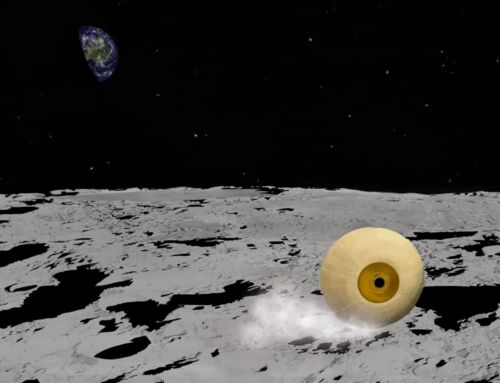


Leave A Comment